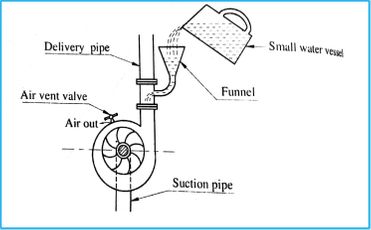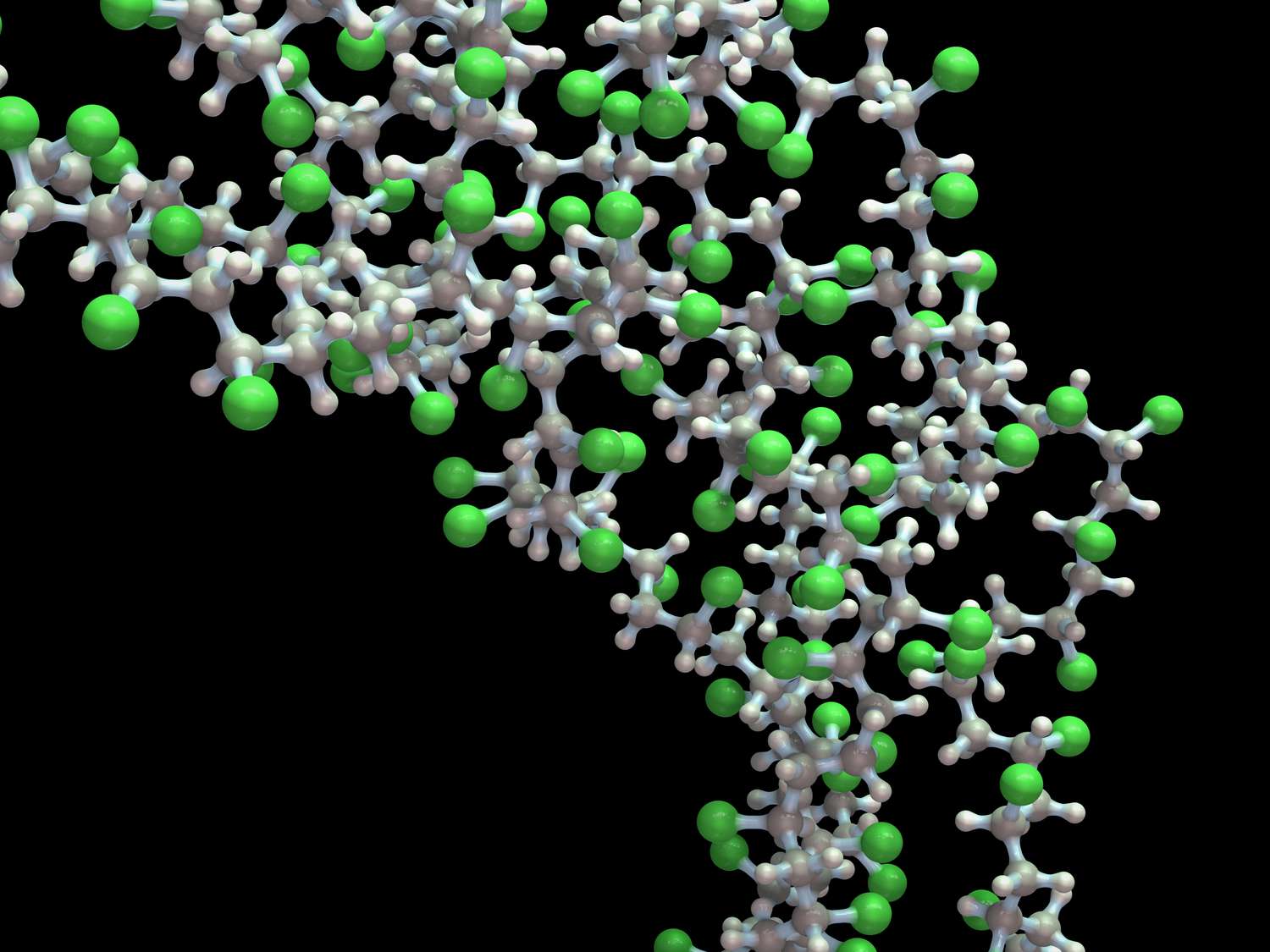Cast Iron vs Cast Steel: How to identify Cast Iron and Steel
Cast iron and cast steel are both types of cast metals that are produced by pouring liquid metal into molds. Cast iron is an iron-carbon alloy that typically contains 2-4% carbon, 1-3% silicon, and small amounts of other elements. It…
What is Pump Priming and Why it is Required?
Pump priming refers to the initial injection of government funds into an economy in order to stimulate economic activity and promote growth. This can take the form of infrastructure projects, tax cuts, or increased government spending on social welfare programs….
Most Common Types of Steel | Grades, Manufacturing of Steel
Steel is an alloy of iron and carbon, along with small amounts of other elements. The carbon content in steel varies from less than 0.01% to around 2%, depending on the type of steel. The most common types of steel…
A36 Steel | Composition, Applications, and Properties of ASTM A36 Steel
A36 steel is a low carbon steel that is commonly used in construction and other heavy industries. It is made up of iron and carbon, with the carbon content typically ranging from 0.25% to 0.29% by weight. This steel has…
Free Body Diagram: Definition, Purpose, Examples, Steps
A free body diagram (FBD) is a pictorial representation of an object and the forces acting on it. It is used to simplify and analyze the forces acting on a body in order to determine the net force and the…
What are Polymers? Their Definition, Types, Examples, Uses, Working.
Polymers are large molecules made up of repeating units called monomers. These molecules can have a wide range of properties, depending on the type of monomers used and the way the polymer is formed. Some common examples of polymers include…
Types of Pipe Fitting for Piping and Plumbing Industry
Pipe fitting is the process of connecting and disconnecting pipes, valves, fittings, and other equipment to make a plumbing or piping system. It involves the use of various tools and materials, such as pipe wrenches, pipe cutters, Teflon tape, and…
What is Tensile Strength? Definition, Significance, Factors, Measuring and Working.
Tensile strength is a measure of the maximum amount of tension a material can withstand before breaking or failing. It is typically measured in units of pounds per square inch (psi) or newtons per square meter (N/m^2). Materials with high…
What is Pressure Drop? Piping Pressure Drop Equations and Calculation
Pressure drop refers to the decrease in pressure that occurs as fluid (such as water or air) flows through a pipe or other passage. This decrease in pressure can be caused by a variety of factors, including friction between the…
Venturi meter: Definition, Parts, Working, Equation, Applications, Installation
A Venturi meter is a device used to measure the flow rate of a fluid in a pipe. It is based on the principle of differential pressure and works by creating an constriction in the pipe, which creates a pressure…










